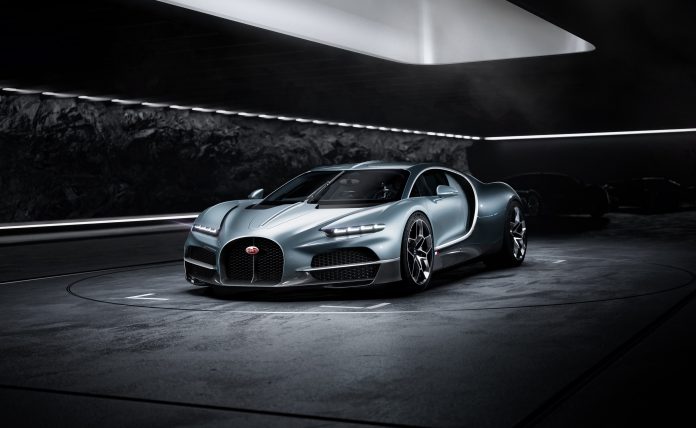Introduction to the 2026 Bugatti Tourbillon
The Bugatti Tourbillon Hybrid Hypercar marks a groundbreaking moment in the history of hypercars. As the successor to the legendary Bugatti Chiron, the Tourbillon introduces a hybrid powertrain that redefines performance and luxury. With an impressive combination of an 8.3-liter V16 engine and three electric motors, this new model is set to become the most powerful Bugatti ever produced.
A Farewell to the W16: The End of an Era
Bugatti’s iconic W16 engine has powered some of the most legendary hypercars of the past decade, including the Veyron and the Chiron. The final Chiron model, known as the L’Ultime, was the 500th production version and marked the end of the W16 era. The L’Ultime was a masterpiece of engineering, featuring a 1,578hp engine and an ultra-curvy, sporty design that captured the essence of Bugatti’s performance heritage.
Introducing the Tourbillon: Bugatti’s Most Powerful Hypercar
The 2026 Bugatti Tourbillon takes performance to a new level with its hybrid powertrain. The combination of an 8.3-liter naturally aspirated V16 engine and three electric motors delivers an astonishing 1,775hp. This powertrain setup allows the Tourbillon to achieve remarkable performance figures:
- Top Speed: 277 mph
- 0 to 60 mph: 2 seconds
- 0 to 250 mph: 25 seconds
The Heart of the Beast: The V16 Engine
At the core of the Tourbillon’s powertrain is an 8.3-liter V16 engine. This naturally aspirated beast produces 986hp and 664lb.ft of torque on its own. The engine’s design and engineering ensure that it delivers an unparalleled driving experience, with a smooth and linear power delivery that is characteristic of Bugatti’s high-performance engines.
Electrifying Performance: The Three Electric Motors
Complementing the V16 engine are three electric motors that add an additional 789hp to the Tourbillon’s power output. These electric motors not only enhance the car’s performance but also provide the ability to drive on electric power alone for short distances. The 20kWh battery pack offers a range of 30 miles on electric power, making the Tourbillon a versatile hypercar that can be both a track monster and an eco-friendly city cruiser.
Aerodynamic Excellence: Design and Engineering
The Bugatti Tourbillon’s design is a perfect blend of form and function. The car’s aerodynamics have been meticulously engineered to maximize performance while maintaining the brand’s signature aesthetic. Key design features include:
- Lower Stance: The Tourbillon sits 1.3 inches lower than the Chiron, improving stability and handling.
- Dihedral Doors: The new door design not only adds to the car’s visual appeal but also improves access to the cabin.
- Narrower Horseshoe Grill: The redesigned front end enhances airflow and cooling.
- Wider Fenders: The broader stance provides better grip and stability at high speeds.
Luxurious Yet Analog Interior: A Nod to Tradition
Inside the Bugatti Tourbillon, the focus is on luxury and an analog user experience. The interior is inspired by Swiss watchmaking, featuring a skeletonized titanium instrument cluster mounted to the steering column. Each gauge has raised numerals and physical needles, all viewed under scratch-resistant sapphire crystal. This design ensures that the instruments are always visible, thanks to the fixed-hub steering wheel.
Analog Meets Digital: Modern Convenience
While the Tourbillon emphasizes an analog experience, it doesn’t completely forgo modern technology. The car includes a small fold-away digital screen that provides essential vehicle data and mobile connectivity. This blend of old-school charm and modern convenience makes the Tourbillon a unique hypercar that stands out in a world of digitized operating systems.
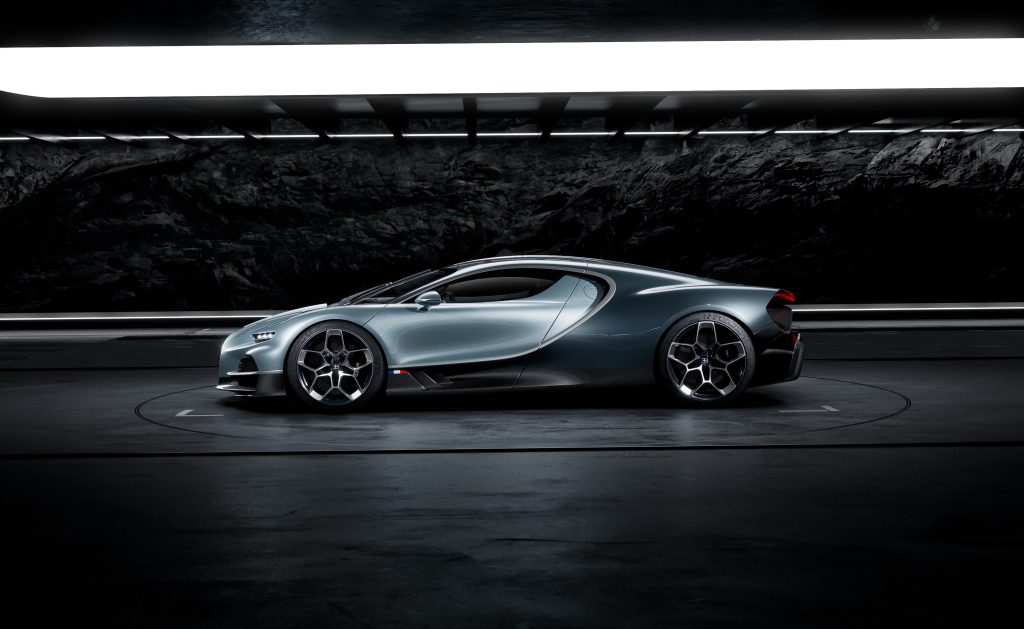
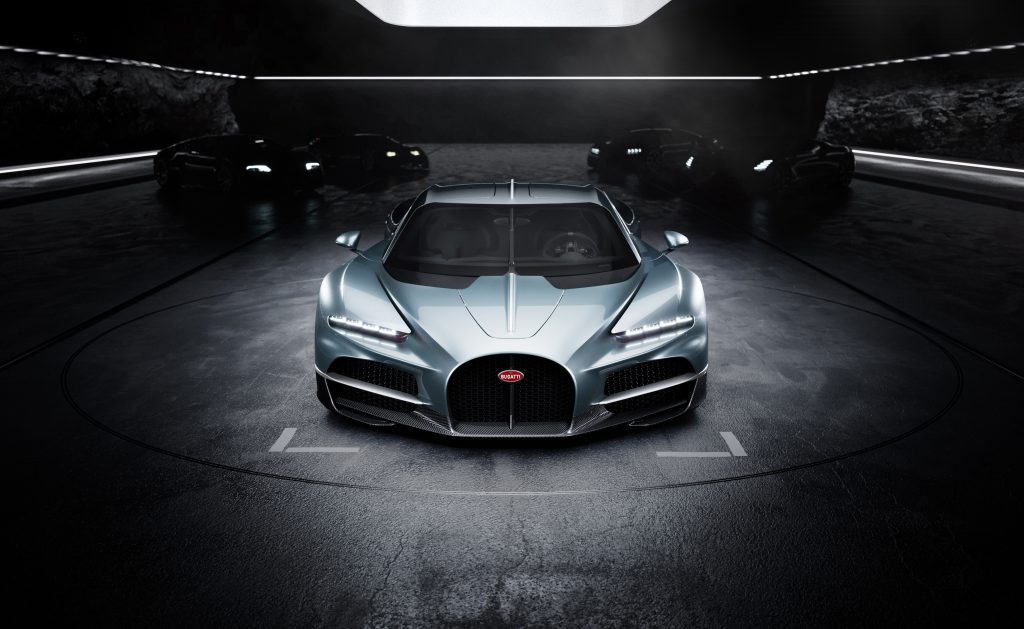
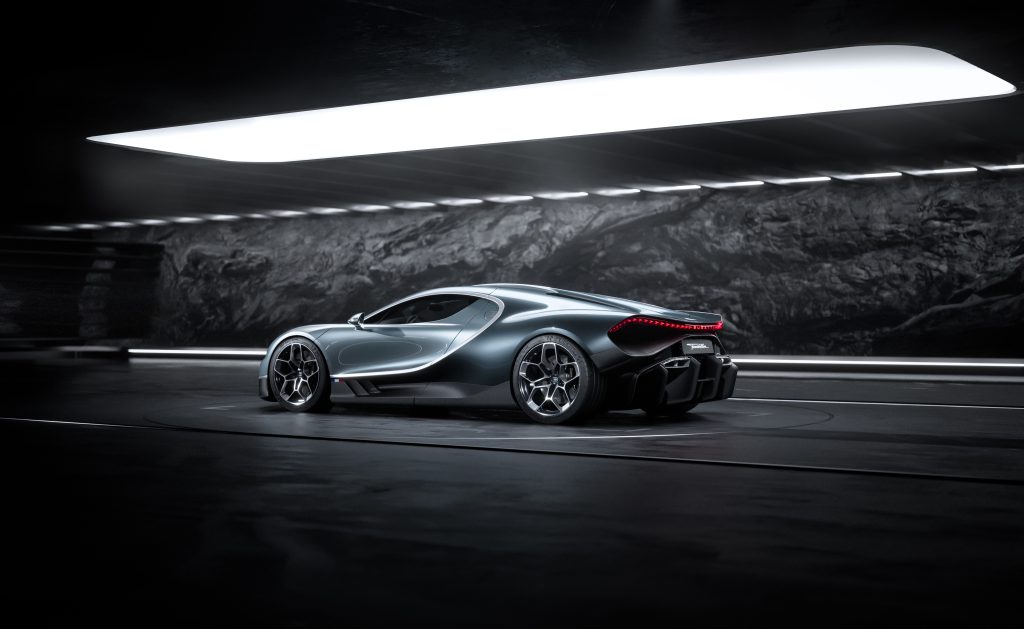
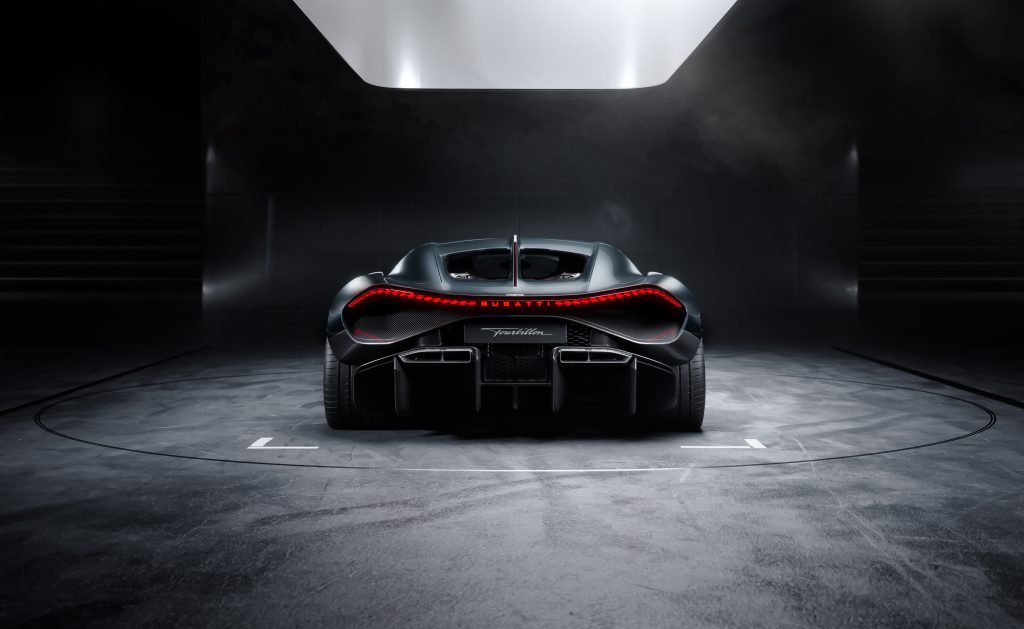
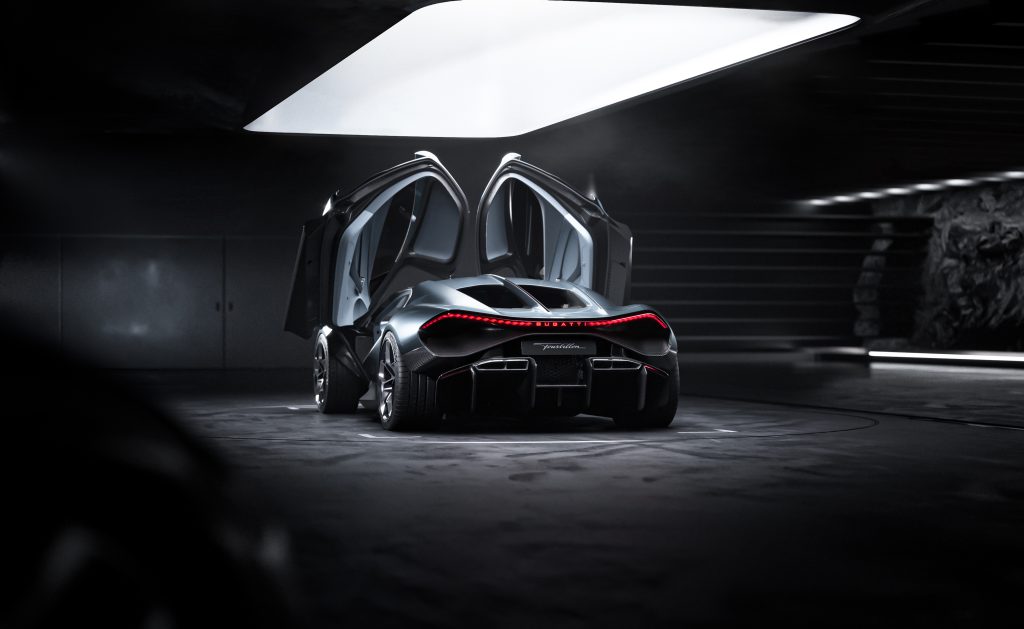
Driving Experience: Performance and Comfort
The Bugatti Tourbillon is designed to deliver an exhilarating driving experience without compromising on comfort. The car’s suspension system has been finely tuned to handle both high-speed driving and everyday road conditions. The ergonomic cabin ensures that both the driver and passenger enjoy a comfortable ride, with seats that are spaced out more than in previous models.
Pricing and Availability: A Limited-Edition Masterpiece
The Bugatti Tourbillon is set to commence production in 2026, with a limited run of only 250 examples. Priced at around $4.6 million, this hypercar is a true collector’s item. Potential buyers can expect to join an exclusive club of Bugatti enthusiasts who appreciate the brand’s commitment to performance, luxury, and innovation.
Conclusion: The Future of Hypercars
The 2026 Bugatti Tourbillon Hybrid Hypercar represents the future of high-performance vehicles. With its hybrid powertrain, stunning design, and luxurious interior, the Tourbillon sets a new benchmark for hypercars. As Bugatti continues to push the boundaries of automotive engineering, the Tourbillon stands as a testament to the brand’s dedication to excellence.
FAQs About the Bugatti Tourbillon
What makes the Bugatti Tourbillon different from the Chiron?
The Bugatti Tourbillon features a hybrid powertrain with an 8.3-liter V16 engine paired with three electric motors, delivering a total of 1,775hp. It also has a more ergonomic design, dihedral doors, and an analog-inspired interior.
How fast can the Bugatti Tourbillon go?
The Bugatti Tourbillon has a top speed of 277 mph and can accelerate from 0 to 60 mph in just 2 seconds.
How many Bugatti Tourbillons will be produced?
Bugatti plans to produce only 250 examples of the Tourbillon, making it a highly exclusive hypercar.
What is the price of the Bugatti Tourbillon?
The Bugatti Tourbillon is expected to be priced around $4.6 million.
When will the Bugatti Tourbillon be available?
Production of the Bugatti Tourbillon is set to begin in 2026.
Additional Resources
For more information on the 2026 Bugatti Tourbillon Hybrid Hypercar, visit Bugatti’s official website.




























